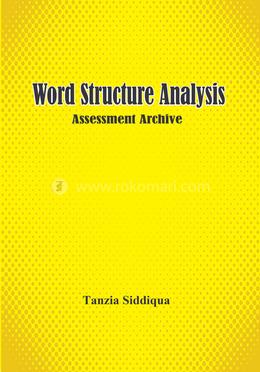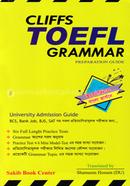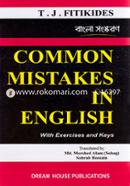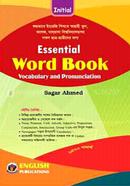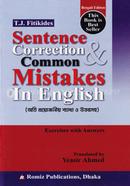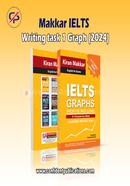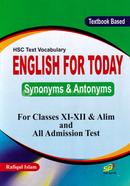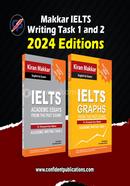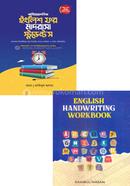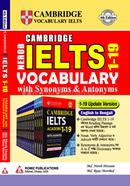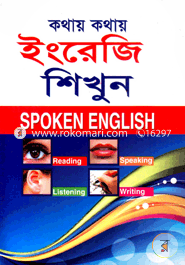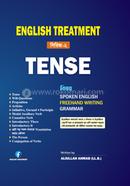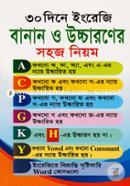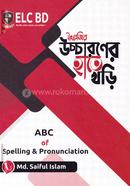The study of structure is discussed under Pure/Theoretical Linguistics. It has two main branches, which are Morphology, i.e., the studies of word structure, and Syntax, i.e. the studies of sentence structure. This workbook is designed as an exercise book for the students of Linguistics, particularly for the students of Morphology to understand about word structures. It contains applied and reflective reasoning exercises on numerous morphological concepts and terms needed to study this field such as base, affix, inflection, derivation, inherent and contextual inflection, compounding, morpheme/morphological atom, free and bound morpheme, monomorphic word, complex word, dictionary word, text word, lexeme, lexicon, word-family, paradigm, citation form, mental lexicon, form and lemma, constituent, agglutinative, isolating, fusional, polysynthetic languages, generative (or formalist) perspective, generality (Universal Grammar), functionalist perspective, word-form formation, word formation, conjugation, declension, denominal noun-verb-adjective, deverbal noun-verb-adjective, deadjectival noun-verb-adjective, exocentric-endocentric-appositional-coordinative and affix compound, morph, prefix, suffix, circumfix, duplifix, transfix, interfix, root/combining form, process term, static term, concatenation, non-concatenation, nasalization, palatalization, gemination, shortening/subtraction/substitution, lengthening, ablaut, umlaut, voicing, blending, clipping, fronting, alphabetism, acronym, initialism, suppletion, base modification/alternation, allomorph, cumulative expression (or fusion), allomorph (or morpheme alternant), zero morph or zero expression, empty morphemes (oblique stem suffix), synchronic and diachronic operations, tonal changes, pre-reduplication and post-reduplication, full-reduplication and partial-reduplication, contrastive reduplication or lexical cloning, word-based model, morpheme-based model (phrase structure rules, word structure rules), neologisms, occasionalisms, productives, actual and possible words, morphological rule (or process or pattern), morphological changes (pattern loss, coalescence such as univerbation and grammaticalization, analogical changes such as levelling and extension, reanalysis such as secretion and backformation), affix telescoping, word schema, rules of tree diagrams and syntactic head properties, percolation convention, morphological approaches (dichotomy, continuum and tripartition), idiomaticity (strong and weak), hyponym, and many more.
![]()



 Hello, Sign in
Hello, Sign in  Cart
Cart 


